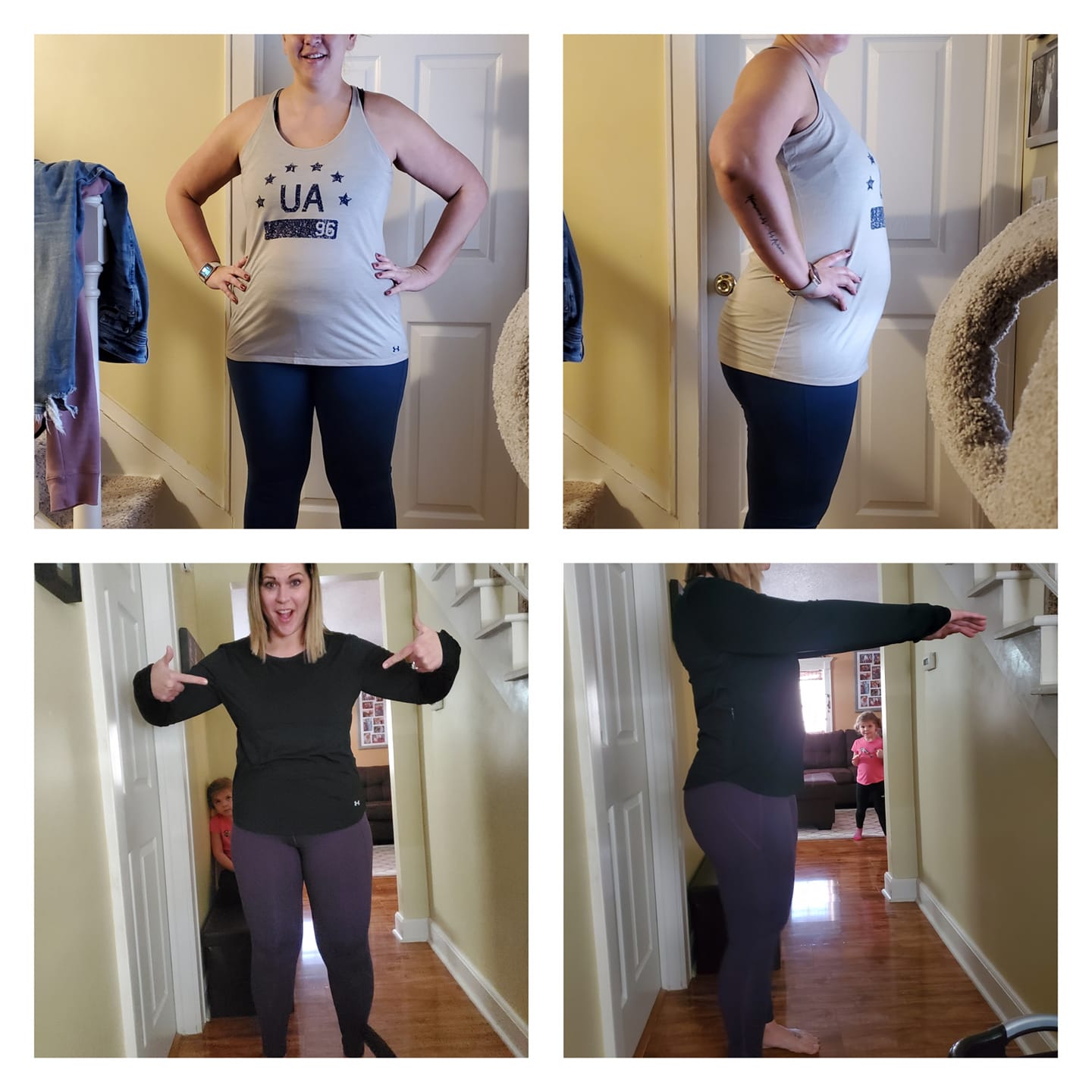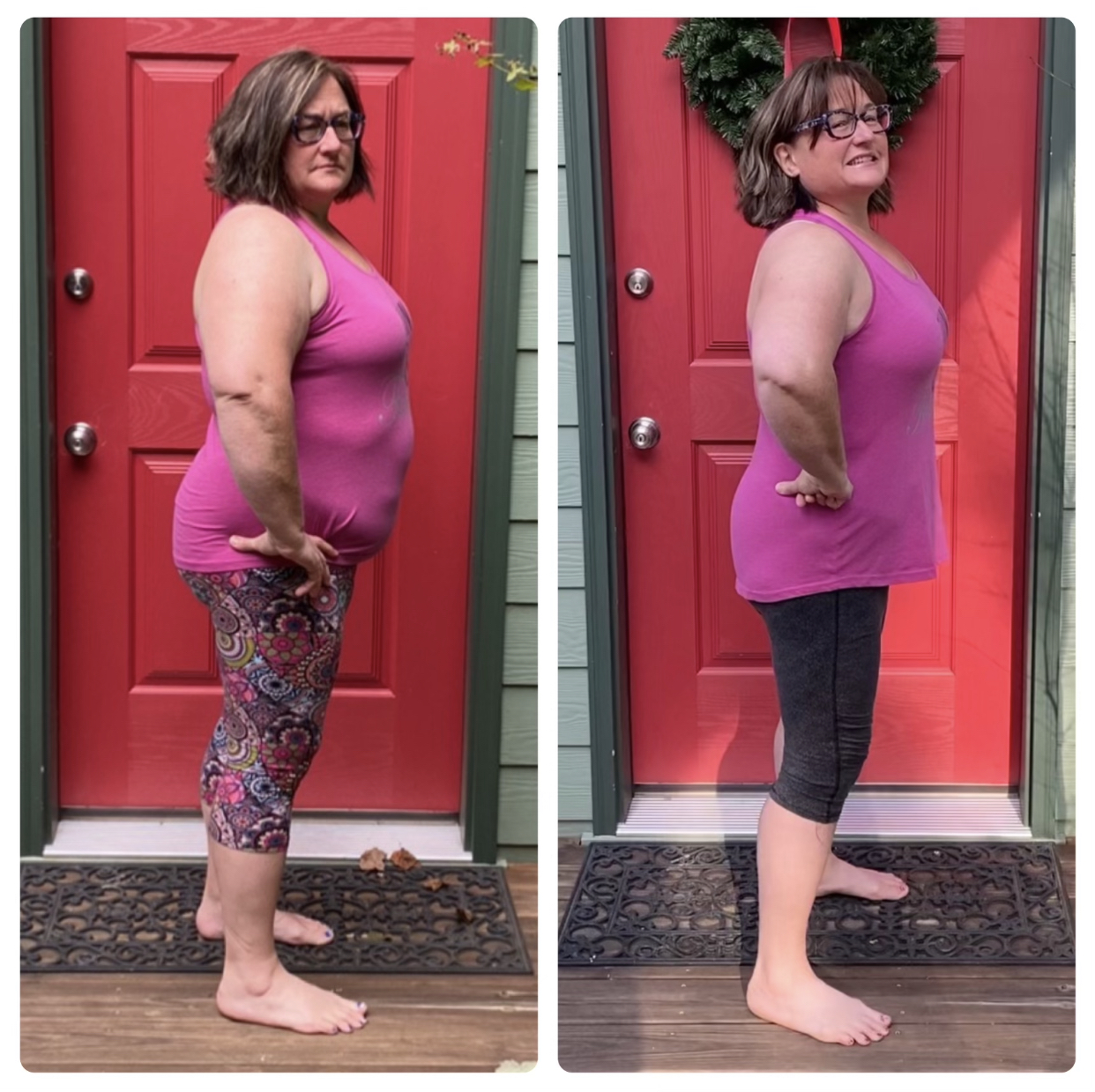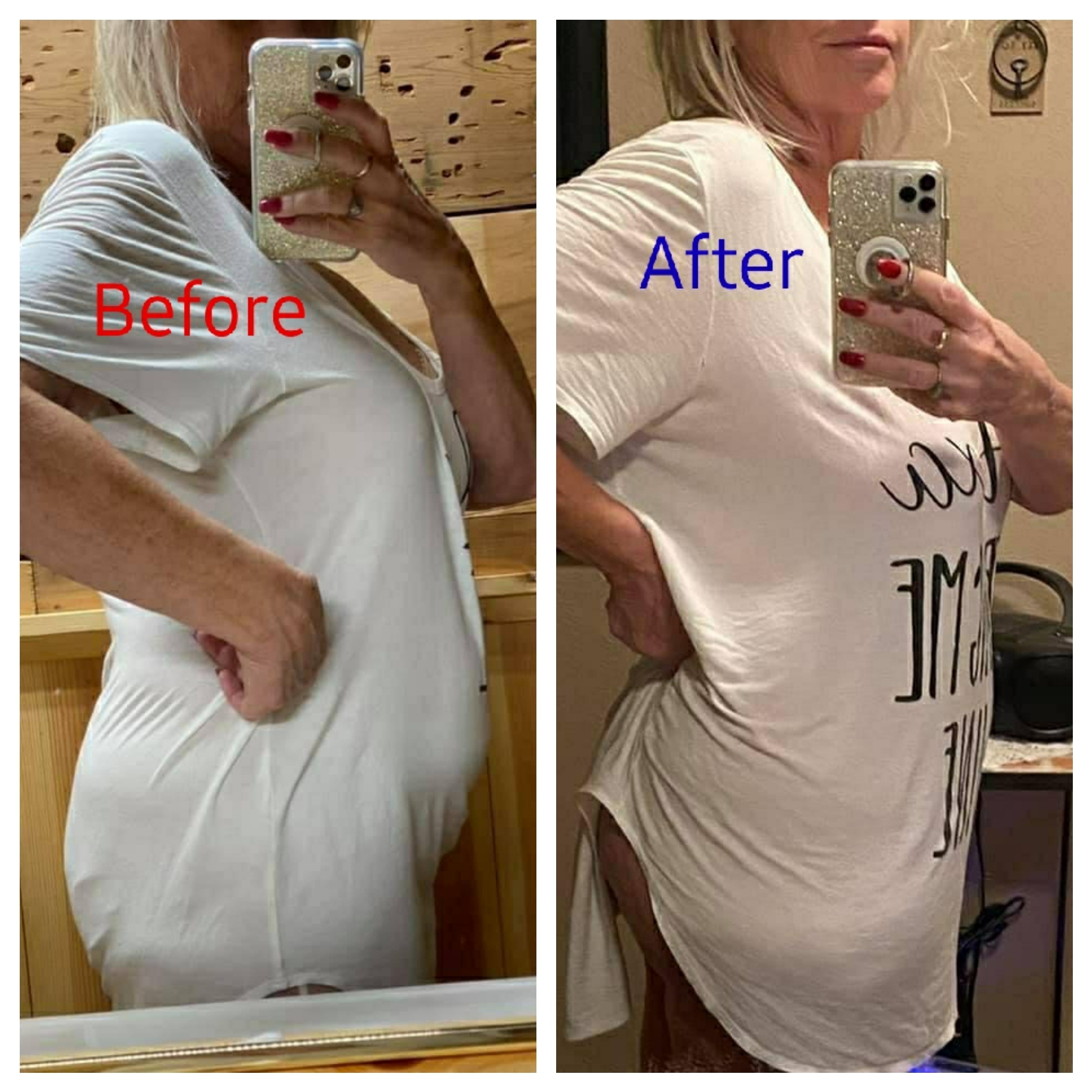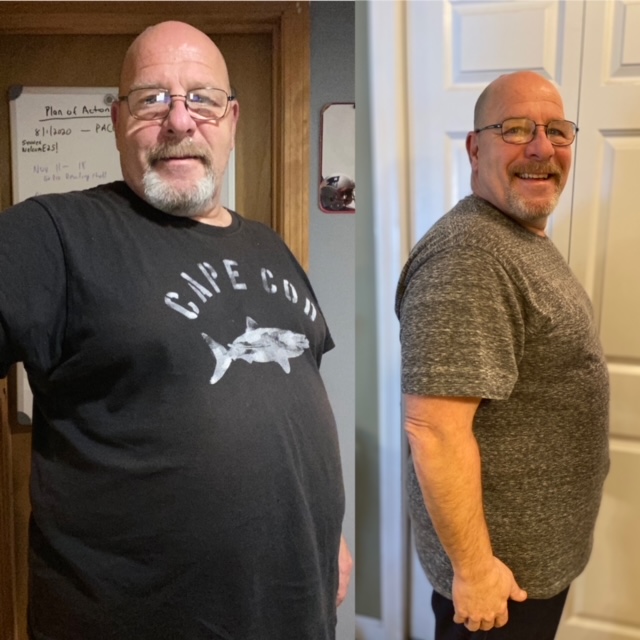Taking your body measurements is one of the best ways to track your weight loss journey. It’s actually more reliable than just stepping on the scale. Why? Because the scale weighs everything—muscles, fat, water, and even the food you just ate. Your weight might stay the same, but measuring your body could reveal that you’ve lost inches!
To get the most accurate measurements, it’s important to do it right. Here are some tips to help you measure yourself effectively:
1. What to Wear

Wear fitted but not tight clothing or no clothing at all for the most accurate measurements. Loose or bulky clothes can distort the results.
2. Posture
Stand tall with your feet together and your body relaxed. When measuring your chest, waist, and hips, keep your spine straight and avoid sucking in your stomach.
3. Use the Right Tape Measure
Use an inelastic, flexible tape measure designed for body measurements. A cloth measuring tape works well too.
4. Double-Check Your Measurements
Measure yourself twice and take the average for accuracy. Make sure the tape sits on your skin without compressing it.
5. Track Your Progress Regularly
Record your measurements every two to four weeks in a progress chart to track your changes over time.
6. Measure in the Morning
Take your measurements first thing in the morning before eating or drinking for the most accurate results.

7. Key Body Parts to Measure
Faster weight loss in body parts varies in different people.The chest, waist and hips are the usual body parts measured for weight loss. However, some people lose inches faster in their arms and thighs. Thus, it is best to monitor inches lost in these body parts:
- Arms–With your arm relaxed, measure the midpoint between the shoulder bone and elbow of that arm.
- Chest–Measure the widest part of your chest or bust with feet together and torso straight.
- Waist–Measure the narrowest part of your torso.
- Hips–Measure the widest part of your hips while standing in front of a mirror sideways. Be sure the measuring tape is parallel to the floor.
- Thighs–Measure the widest point of the thigh, midway between the lower glutes and back of the knee.
- Calves–Measure midpoint between the knee and ankle.
8. Understand Body Composition Changes
Your muscle, fat, and other tissues change over time based on your lifestyle and activities. Some areas may hold onto fat longer, and you can’t control where you lose fat first.
9. Muscle vs. Fat
If you’re also weighing yourself, don’t be surprised if you lose inches but your weight stays the same. Muscle weighs more than fat but takes up less space. So, taking body measurements gives a clearer picture of your progress.
10. Know your body type

Understanding your body type can help you set realistic goals and tailor your workouts. There are 3 different body types, namely:
- Ectomorph: Lean and lanky, with a fast metabolism. They struggle to gain weight and muscle.
- Endomorph: Bigger bones, higher body fat, and a slower metabolism, making weight loss a challenge.
- Mesomorph: Muscular with thinner bones, they easily gain muscle and stay fit.
Taking your body measurements is a fantastic way to track your progress and stay motivated on your fitness journey. By focusing on these measurements, you’ll get a more accurate picture of your success than just relying on the scale. Keep measuring, stay positive, and watch as the inches melt away!






